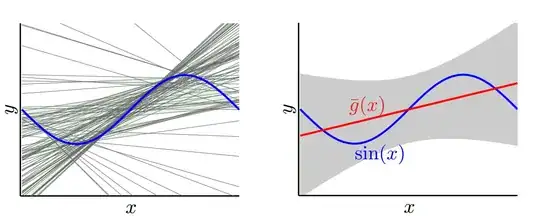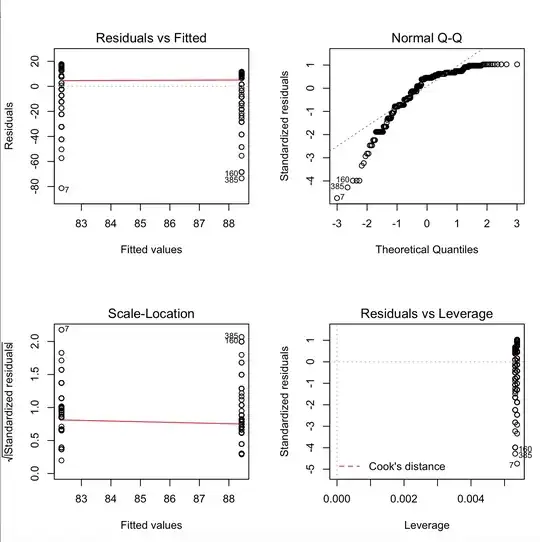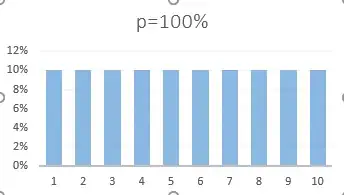I have a certain law as my (non-binary) treatment variable (range: 0-2) at the state level which takes on different values based on whether it prohibits altogether (2), limits (1), or allows the unlimited (0) flow of money to political candidates as campaign contributions.
And there are many such laws, for example, contributions from individuals to political candidates (CFIC), contributions from PACs to political candidates (CFPC), etc., that I am using to delineate the effect of these laws on my outcome variable.
In a simple regression framework, I can use each of these laws individually or by adding them up (e.g., CFIC + CFPC -> taking on values from 0 to 4) as my independent variable. This much is straightforward.
The tricky part begins when my treatment variable (non-binary standalone laws or a sum of laws) have the following Generalized DiD kind of a setting:
- Late and early adopters i.e. staggered adoption
- Treatment status switches between 0 1 2 for some states - from 0 to 2 or 1 to 2 or 2 to 1 or 1 to 0, etc. (analogous to changing of treatment status from 0 to 1 in one year and then from 1 to 0 after some years)
- No specific control groups/states (except for only 2 out of 50 US states)
A similar application of DiD with varying treatment intensity or non-binary treatment can be found here: Difference in Differences Model Specification with Year-Quarter Effects (treatment non-binary)
In summary, I need help with applying generalized DiD in a non-binary treatment setting.
Thank you in advance.



